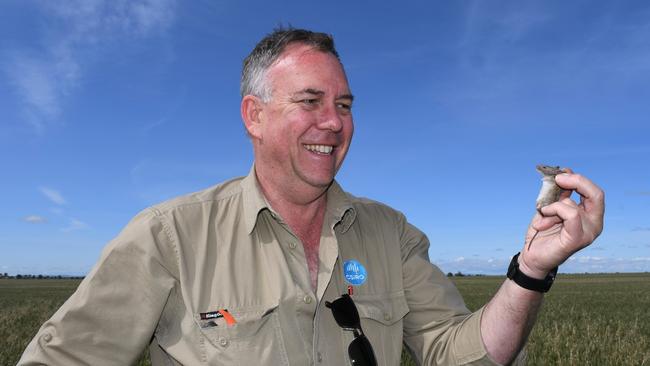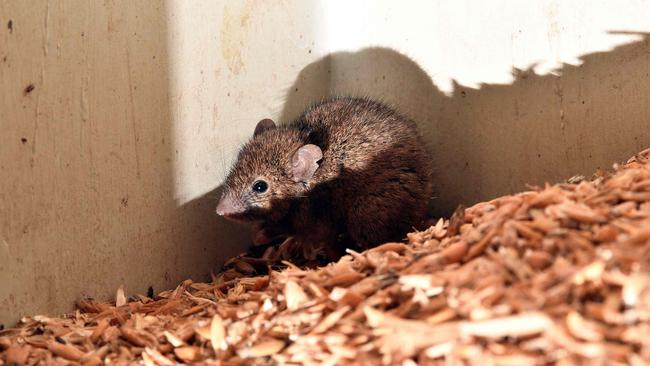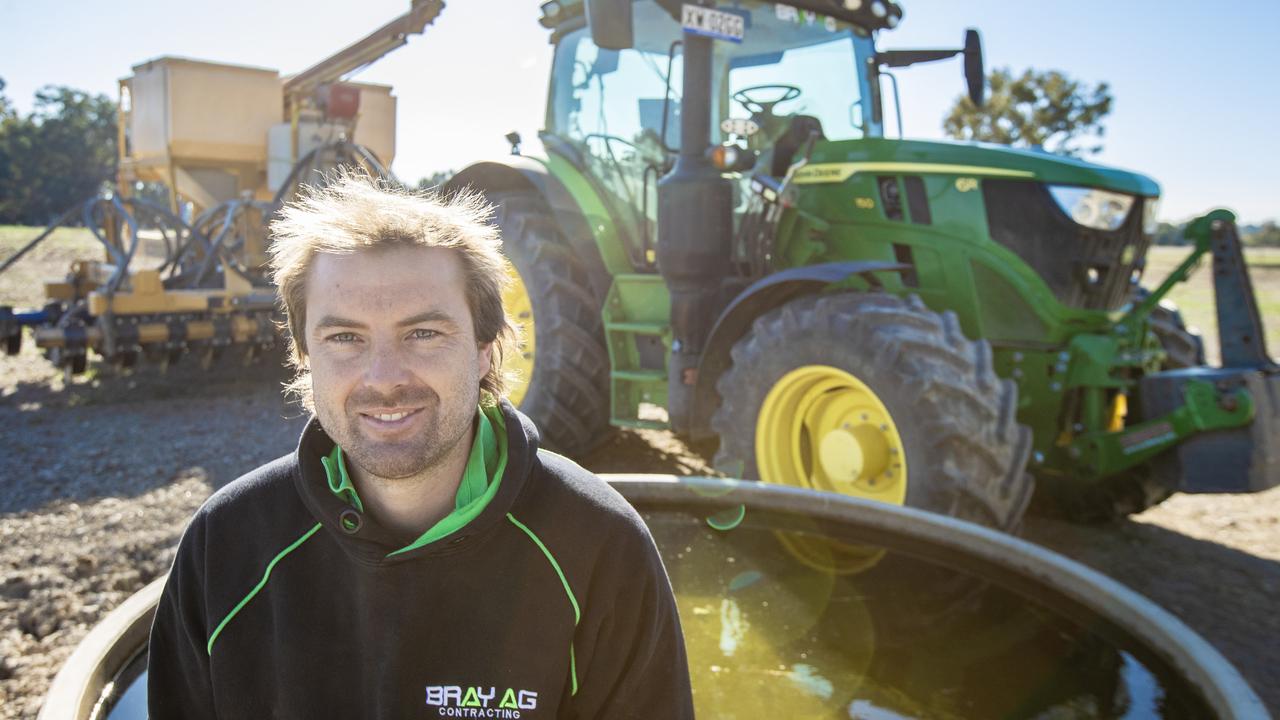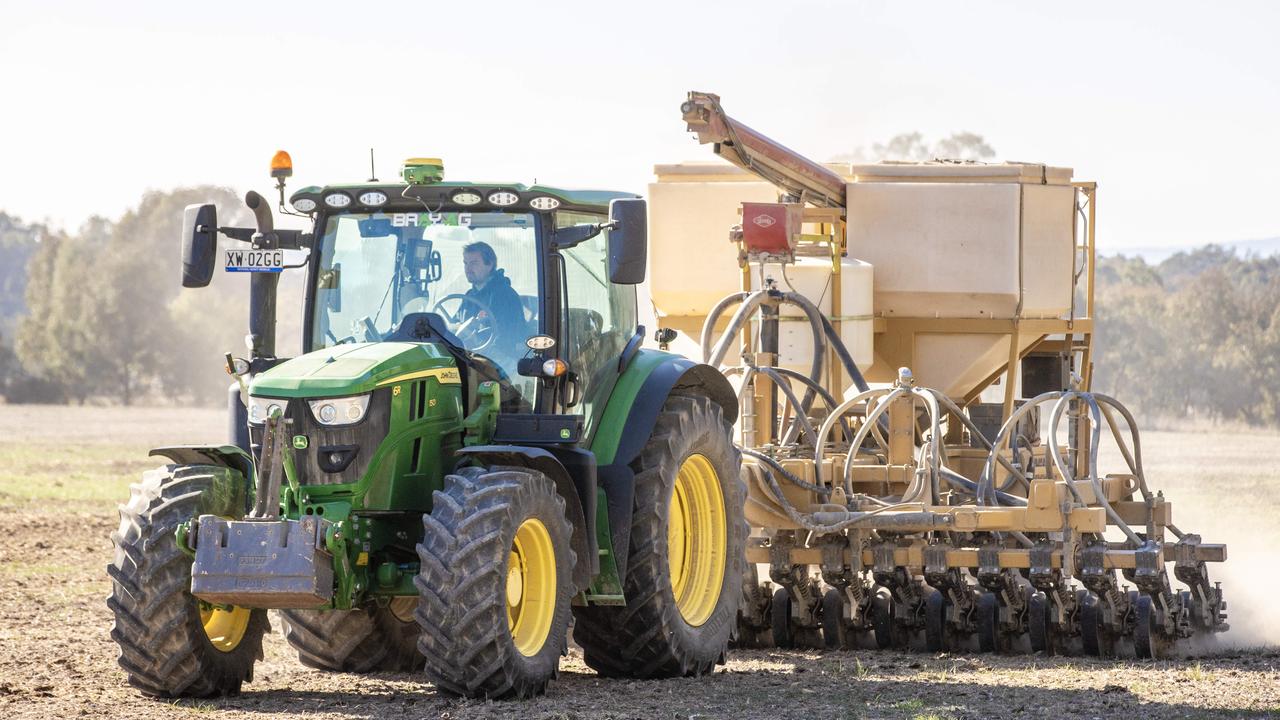High mouse numbers in Victoria’s Mallee and South Australia
“Surprisingly high” numbers of mice in South Australia and western Victoria are sparking concerns for grain growers.

Mice are thriving across western Victoria, Far West NSW and into South Australia, putting crops at risk as a fourth consecutive bumper harvest approaches.
Commonwealth Scientific and Industrial Research Organisation researcher Steve Henry said routine monitoring and research had picked up large mouse populations in the Victorian Mallee, in the NSW Riverina and on South Australia’s Eyre Peninsula and Plains.
Anecdotal reports were also coming in of “patchy” high populations in NSW’s Far West and Namoi Valley, he said.
“What we worry about at this time of the year is over-winter survival … because if you get a high level of over-winter survival, you get more mice breeding at the start of the spring and that means they go to really high numbers really quickly if conditions are favourable,” Mr Henry said.
“The mice are being sustained on that food that was left behind (at the end of the cropping season). It was a particularly difficult harvest last year, and so there was lots of food left behind. That is probably what is leading to these high numbers that are being reported,” he said.

Populations detected in NSW were so far much lower than during winter 2021, when a mouse plague led to catastrophic yield losses, but populations in South Australia were “surprisingly high”, and mice in Walpeup in the Victorian Mallee were breeding — an unusual activity in winter, Mr Henry said.
The “good news” was that the populations were “highly paddock-dependant”.
In areas where crops had lodged, been struck by hail or became unharvestable due to wet weather and flooding, populations were high, while paddocks with less grain leftover after the 2022-23 harvest had lower populations.
The pest had been given a boost by “two or three good harvests in a row, which means that mice have a chance to build populations. All of this extra food and shelter in the system, the numbers have gone quite high,” Mr Henry said.
His advice was to lay 50 gram baits in late August and early September.
“Putting bait on the ground when there is the least amount of food around is going to get the best result,” he said.





